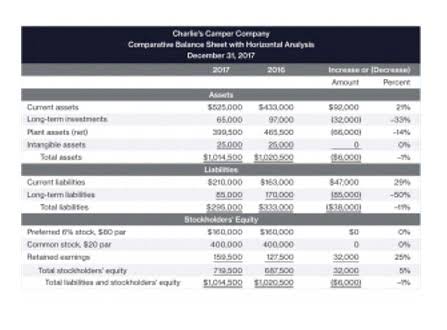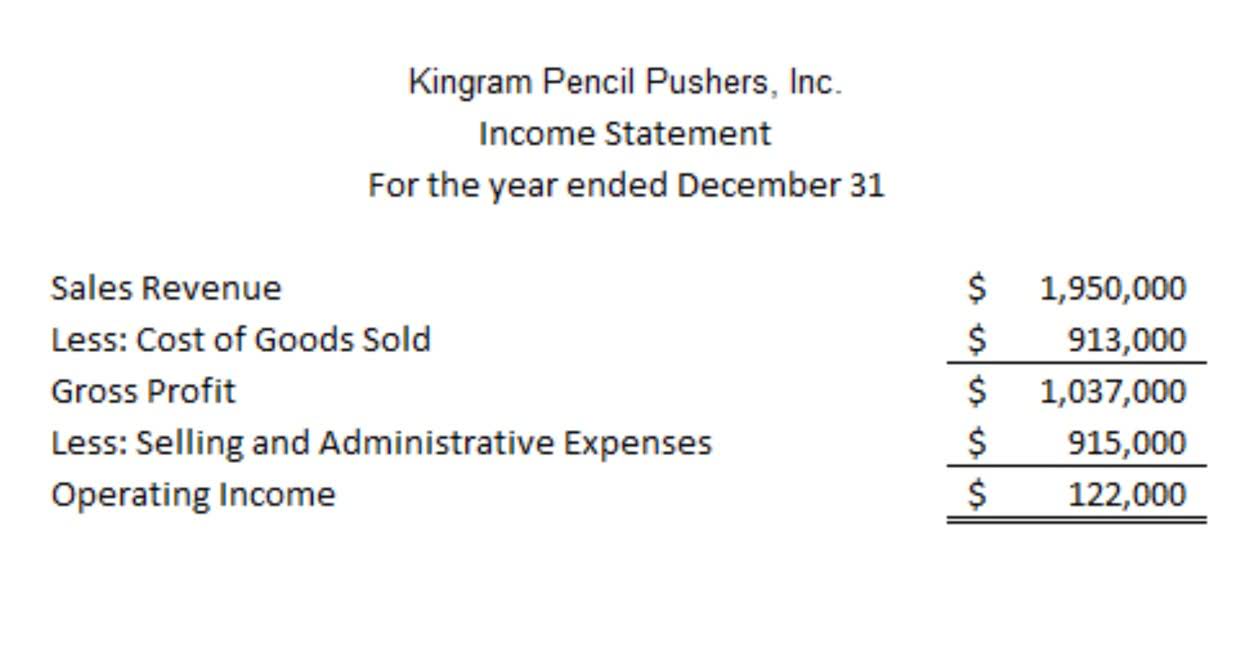
Expense accounts are closed by crediting each expense account for its balance and debiting the Income Summary account. On the statement of retained earnings, we reported the ending balance of retained earnings to be $15,190. We need to do the closing entries to make them match and zero out the temporary accounts. If there is a net profit, the balance of the income summary account is also zeroed by debiting the income summary account and crediting the capital account. Permanent accounts, also known as real accounts, do not closing entries require closing entries.
Closing Entries Accounting with Automation
When dividends are declared by corporations, they are usually recorded by debiting Dividends Payable and crediting Retained Earnings. Note that by doing this, it is already deducted from Retained Earnings (a capital account), hence will not require a closing entry. Temporary accounts are income statement accounts that are used to track accounting activity during an accounting period. For example, the revenues account records the amount of revenues earned during an accounting period—not during the life of the company. Present your draft financial statements to management for review and approval. Address any questions or concerns, and make final adjustments as needed.

Comprehensive Guide to Inventory Accounting
- We’ll use a company called MacroAuto that creates and installs specialized exhaust systems for race cars.
- Upon logging into Financial Cents, you’re greeted with a comprehensive workflow dashboard that provides an overview of all ongoing projects and their respective deadlines.
- These permanent accounts form the foundation of your business’s balance sheet.
- Additionally, it also automates manual tasks like financial data collection and reconciliation.
- The following example of closing entries will assist you in quickly comprehending closing entries.
Together, these solutions from HighRadius transform your financial closing process, enabling a seamless, efficient, and accurate month-end close. Businesses can achieve a zero-day financial close and reduce their month-end close time by up to 30%, ensuring timely and precise financial reporting with 100% accuracy. ‘Total expenses‘ account is credited to record the closing entry for expense accounts. A net loss would decrease retained earnings so we would do the opposite in this journal entry by debiting Retained Earnings and crediting Income Summary. The owner’s drawing account will be zero and the owner’s drawing account will be closed by crediting the owner’s drawing account and debiting the capital account.
- When making closing entries, the revenue, expense, and dividend account balances are moved to the retained earnings permanent account.
- Automate 50% of your closed tasks with a familiar Excel-like interface with a twist of automation.
- This step initially closes all revenue accounts to the income summary account, which is further closed to the retained earnings account in step 3 below.
- AI and machine learning technologies now automate this tedious task by matching thousands of transactions in seconds.
- The accounting assumption here is that any profit earned during the period needs to be retained for use in future company investments.
- This systematic process ensures your organisation captures accurate financial data to support informed business decisions.
What is the Month-End Close?
Calculate and post depreciation entries based on your company’s depreciation policy. For businesses with inventory, conduct physical counts or real estate cash flow cycle counts to verify inventory levels and make adjustments for obsolescence or damage. This step ensures your balance sheet accurately reflects the value of your company’s physical assets.




Financial

Whether done manually or through automation, businesses must follow a structured approach to closing entries for financial accuracy. By leveraging AI-powered tools like Emagia, companies can streamline their financial close process, reduce errors, and enhance decision-making capabilities. In accounting, closing entries are journal entries made at the end of an accounting period to transfer balances from temporary accounts to permanent accounts.

A files tab also centralizes all documents linked to a project in one location. This saves time by eliminating the need to search through email threads or shared drives. Plus, automated notifications alert you whenever you’re tagged in a comment, assigned a task, or when a client uploads a document—so you’re always in the loop. All these enhance team collaboration and communication for increased efficiency.

